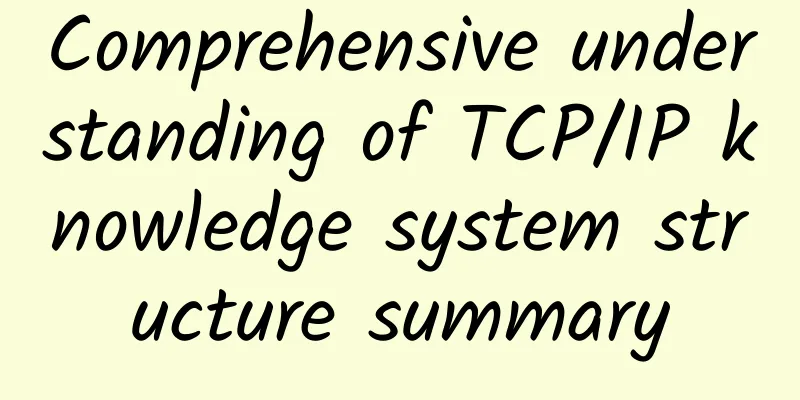Tomorrow’s 5G performance depends on today’s mobile edge

|
We have been hearing the hype about 5G for quite some time. However, we have yet to truly realize all that 5G has to offer. Even today, major mobile operators continue to tout their ability to provide access to 5G wireless networks everywhere. Meanwhile, consumers and businesses eagerly await the emergence of the next killer apps and services that will deliver a quantum leap in performance, efficiency, and service. It’s important to note, however, that true 5G speeds depend on mobile edge computing, which is necessary for wireless carriers to make applications faster and more responsive on their networks. Take multiplayer gaming, for example. If carriers can’t keep traffic packets local, it’s impossible to provide the same performance to all users. If one person is using a Verizon device and another is using AT&T, the two packet streams may communicate across hundreds of miles, causing latency, jitter, and a frustrating experience for gamers in all locations. Instead, game developers need 5G wireless networks to store data packets between multiple phones and devices in the same metropolitan area. That way, the network and apps can work together and understand each other. Only then can video games provide an equal and enjoyable experience for wireless users. The four key components of 5GIn reality, it will take several years for 5G to deliver on its promise of delivering this experience. Although operators are making progress, we are still a long way from deploying true standalone 5G networks. To achieve this goal, four key components of mobile edge computing need to be rolled out:
Once a carrier has these four components, its wireless network will support millions of IP addresses in each cell area while providing users with 1 Gigabit speeds, sub-10 millisecond latency, and extremely low jitter. This is what mobile edge computing is all about, and it will bring a whole new experience to gaming, e-commerce, financial transactions, and almost any other area of mobile interaction. Cloud provider data centers play a key roleMobile edge computing is expensive, with initial capital expenditures in the hundreds of billions of dollars. Even if operators make the necessary investments for true 5G, an ecosystem of software developers, SaaS companies, and hardware manufacturers will still be needed to create the next generation of applications and devices that can take advantage of the performance potential of 5G networks. Clearly, this is a major undertaking. Operators are not the only key players in delivering 5G either. There are public hyperscale cloud providers and private cloud providers to consider. Their data centers need to embed compute and storage services into 5G networks to create a mobile edge computing infrastructure to develop, deploy, and scale low-latency, 5G-friendly applications. 5G and mobile edge computing are decentralized by definition, but ultimately, applications and their data end up in data centers. To deliver wireless computing to end users, cloud providers need to use data centers in all the top cities and ensure they provide the required power, cooling, interconnection, security and other services. 5G is comingWhen thinking about the future rollout of 5G, we might recall the advent of the commercial internet. When carriers first launched 4G, skeptics wondered whether applications would actually use all the new capacity. However, soon after 4G launched, smartphones began to appear and quickly became ubiquitous. If history repeats itself and another application or trend recoups the carriers’ investment, 10 years from now the impact of 5G will be no different than the way 4G impacts consumers and businesses today. Don't worry, 5G will come. Unlike its predecessors, 4G and 3G, 5G is designed with considerations including how the network, data, and applications need to connect. This is what makes 5G different and more powerful than previous wireless architectures. 5G will become popular as network bandwidth and latency increase, and the network is built to connect with the application layer at the user's location. Today's data centers are ready, we just need to get the carrier networks closer to the edge of the application so they can communicate directly with each other. |
<<: What? You still don’t know the best assistant for 5G? Come in!
>>: How do analog phones achieve full-duplex communication?
Recommend
In 2018, Donghua Network Intelligence built a powerful IT operation and maintenance engine "comprehensive monitoring + process management" which was popular
[51CTO.com original article] In recent years, pro...
What is DHCP Option 43? Have you learned it?
background When the AP and AC are in the same net...
Sogou opens dictation service, the voice recorder industry enters the AI era
On August 28, 2019, Sogou held a press conference...
Tong Yongyue of Yunfan Accelerator: Deconstructing CDN and Returning to the Original Intention
The 2017 Asia-Pacific CDN Summit was held in Beij...
Understand HTTP and HTTPS protocols in ten minutes?
[[276795]] 1. What is a protocol? A network proto...
Meta and Microsoft integrate Workplace and Teams to provide new features
[[436945]] Microsoft Teams users can now access a...
CAICT answers hot issues on “number portability” service
On November 27, 2019, China Telecom, China Mobile...
When porting your number to another network, operators should first change their service mindset
Because the Premier clearly pointed out in the go...
What is the network VRRP protocol, and can it really solve network stability issues?
With the rapid development of the Internet, vario...
Accelerating digital transformation, 5G empowers the next generation of new industrial manufacturing
[[335662]] The COVID-19 pandemic has imposed mand...
Why do people take the secondary roads instead of the highways? There are reasons why IPv6 is difficult to popularize
Why take the IPv4 side road when there is the IPv...
Why are they so obsessed with Tencent? How hard do the relevant departments work to review apps before they are put on the shelves?
Yesterday, the news that "Tencent's apps...
How to disable IPv6 on Ubuntu Linux
Wondering how to disable IPv6 on Ubuntu? In this ...
Ma Xiaofang from Xunlei: I yearn for a manager who is like a "stabilizing force"
[51CTO.com original article] In order to pay trib...
There is a network engineer who doesn’t understand: What is Overlay network?
An overlay network is one or more virtual logical...









